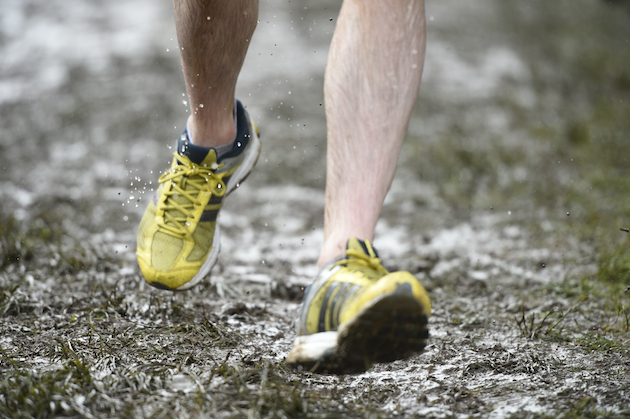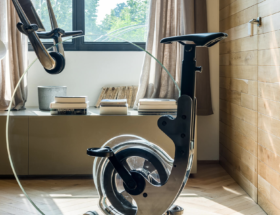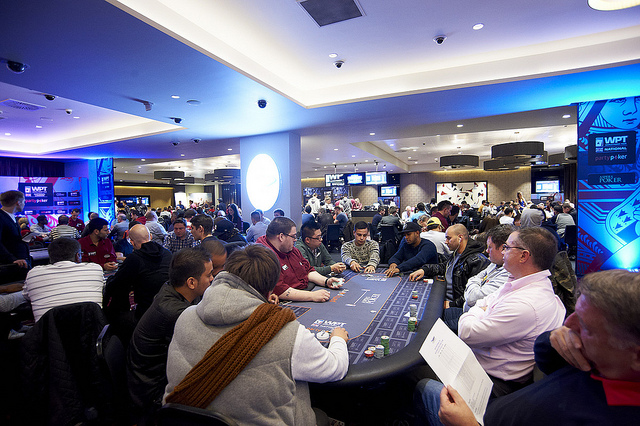Regular exercise helps reduce the risk of heart disease, diabetes and many cancers*, but it also increases the risk of musculoskeletal injuries, new research* from Mentholatum – the makers of No.1 selling heat and freeze brands Deep Heat and Deep Freeze topical analgesics for muscle and joint treatments – has revealed.
Seven out of ten adults are getting active and take part in some form of exercise, with going to the gym and swimming (28%) proving to be the most popular, followed by football (20%), tennis (13%) and dance classes (13%). But more than a third of adults (38%) have suffered an injury as a result of playing sport or exercising, according to new research by the hot and cold experts Deep Heat and Deep Freeze.
Curiously, 18 to 25 year-olds, who should be at peak physical fitness are the most likely to have suffered a sports-related injury — 50% compared to 32% of 41-50-year-olds. And shockingly, across all age groups, the vast majority is muscular injuries which are often preventable.
Four out of five (82%) of those surveyed had suffered a strained or torn muscle and the statistics suggest some respondents had sustained multiple injuries, as seven out of ten (70%) reported strains and sprains.
John Miles, physiotherapist to the Cardiff Blues rugby team says: “This research raises two important issues. Firstly, what are sports enthusiasts doing to warm-up to help reduce the risk of injury? And secondly, how effectively are they treating injuries when they do occur?”
Failure to warm-up properly is known to increase the likelihood of injury*, yet the survey found that only 54% take measures to prevent injury by preparing properly before they work out, and even fewer say they always cool down (35%). But the numbers suggest that few people remember, or find time, for a warm-up and cool down after work outs — despite being aware of the benefits of both.
John says: “We are all time-pressured, but failing to warm-up properly is asking for trouble and may end up costing you a lot of time on the sidelines, waiting for an injury to heal.”
The survey results confirm the truth of his warning. Almost half (49%) of the adults questioned admitted they have had to take a break from sport while they recovered from injury and one in six (16%) have been forced to stop playing altogether.
Personal trainer Toby Garbett, states: “Warming up is essential to reduce injury, but you can’t take a one size fits all approach to a warm up. It is important to warm up the muscles you are about to use, so take time to find appropriate exercises for the activity you are about to do.”
There’s now quite a lot of evidence that massage is a useful way to stretch and help warm-up muscles before a work-out. Using massage with a product like Deep Heat Muscle Massage Roll on-lotion can help ease those tense, tight muscles and help you prepare for your activity.”
Warming up and cooling down can help to reduce the risk of injuries, it can’t always prevent them, so it is also important to use effective strategies and treatments on an injury as quickly as possible to hasten healing.
And when things go wrong the PRICE is right for the first 72 hours:
P = Protect the area from further injury
R = Rest the injured part
I = Ice (apply cold therapy to the injured body part)
C = Compress the injury area
E = Elevate the injured body part
According to John Miles this five-step strategy helps to create the best possible environment for recovery. Using a cold analgesic product, such as Deep Freeze Pain Relief Cold Gel can be helpful during the initial stages of injury to reduce pain and inflammation. Cold therapy works on a number of different levels. It helps lower the temperature of the skin and underlying tissues, which can slow down pain signals. It can also reduce muscle spasm and dampen down the body’s inflammatory response, which can reduce swelling and pain.
However the Mentholatum study suggests that despite the proven effectiveness of PRICE, too many people are short-changing themselves when it comes to treating injuries. Rest is essential to prevent further injury and give the tissue time to heal, but only 70% adopted what should be a universal approach. Two out of three (63%) did not elevate the injured area and fewer than half (43%) applied an ice pack, cold patch or used a cooling gel in the first 48 hours.
Once this initial acute phase has passed, Toby advises switching to a warming therapy such as a Deep Heat product such as patch, spray or rub for ongoing muscular pain relief.
Personal Trainer Toby Garbett, says: “Thermotherapy — the use of heat and Cryotherapy – the use of cold — is effective for the treatment of muscular injuries and in my book every kitbag should include at least one warming and one cooling product such as Deep Heat Heat Patch and Deep Freeze Cold Spray.”
FAILING TO PREPARE = PREPARING TO FAIL
The Mentholatum survey reveals a number of high risk behaviours which drive sports-related injuries:
• Almost half (46%) of adults do not always warm-up before sport or exercise
• Two out of three (65%) do not always cool down
• Three out of four (75%) don’t always wear the right kind of footwear
• Two-thirds (66%) don’t stay hydrated before, during and after exercise
Check out deep-heat.co.uk or deep-freeze.co.uk for more information.
[2] A OnePoll omnibus survey of 1,000 adults conducted in August 2015
[3] Safran M et al: The role of warmup in muscular injury prevention Am J Sports Med March 1988 16 123-129
http://ajs.sagepub.com/
[4] Myrer JW, Measom, G, Fellingham GW. Temperature changes in the human leg during and after two methods of cryotherapy. J Athletic Training 1998;33:25-29.
[5] Kennet J, Hardaker, N, Hobbs S, Selfe J. Cooling efficiency if 4 common cryotherapeutic agents. J Athletic Training 2007;42:343-348.
[6] Dykastra JH, Hill H, Miller MG et al. Comparisons of cubed ice, crushed ice and wetted ice on intramuscular and surface temperature changes. J Athletic Training 2009;44:136-141.
[7] Dykastra JH, Hill H, Miller MG et al. Comparisons of cubed ice, crushed ice and wetted ice on intramuscular and surface temperature changes. J Athletic Training 2009;44:136-
[8] Dykastra JH, Hill H, Miller MG et al. Comparisons of cubed ice, crushed ice and wetted ice on intramuscular and surface temperature changes. J Athletic Training 2009;44:136-141.











